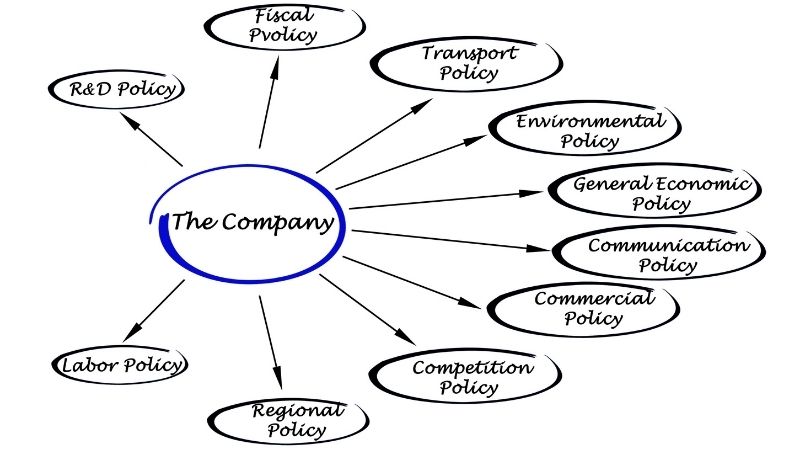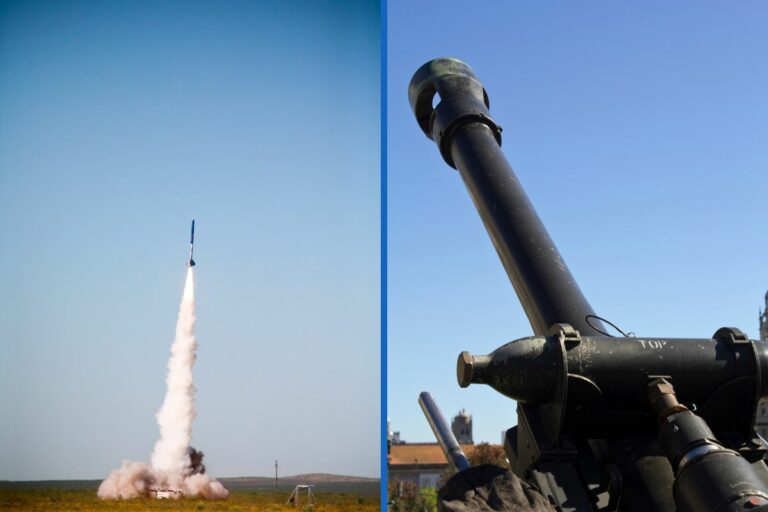What is the Difference between Rule and Policy?
Legal terms are complicated, sometimes it’s even worse than technical terms. There is a subtle difference between a rule and a policy, and I write this article exactly to give you a clear idea of the differences between them.
As a whole, a policy gives long guidelines and goals for the organization, and may contain gray areas. A rule is more direct and clear, which makes it easy to enforce and non-negotiable.
You now have the short answer, but keep reading if you want to get all the details about rules and policies.
Rule vs Policy: Different Purposes
Let’s start by looking at why these exist in the first place. Policies are the aims of an organization. It lists everything this aspect wants to achieve, and some of the pitfalls that it wants to avoid. It can set some targets and timelines to work towards. They are designed to inform what decisions the management will make. It tells employees why the rules exist.
In the context of an organization, there are a few elements that can be used to shape the policy. First, are the internal needs of the organization. These are the values that the leaders want to impose and intend to use to shape the business. On the other hand, there are external considerations. These refer to the wider guidelines and laws that all businesses are required to follow.
There are a few ways that these policies can be enacted. There might be incentives provided to those who are doing the right thing. It might also outline some changes to the organization, like upgrading facilities. But one of the most important policy enforcement tools is a strong set of rules.

In this case, rules exist to control the way people behave. They clearly tell people what they can and cannot do. There is no room for ambiguity, so they will be easy to understand.
For example, imagine a drug and alcohol policy. This would outline what the company’s attitudes are and how they were formed. In this case, it might be to create a safe working environment, free from any of the dangers that drunk people might create. On the other hand, a rule would be that employees must have a 0 BAC before operating heavy machinery.
Rules Are More Specific Than Policies
Another important element to consider is how much detail they go into. In this area, a policy will be best. It can go into a lot of detail. Sometimes, it will be able to span hundreds of pages. Often, these documents will contain each of the rules, explaining the rationale behind each one.
On the other hand, rules will be short and highly specific. While a policy will cover all aspects of a topic, a rule applies to one specific situation. Returning to our example, a drug policy might state that an employee should be free from alcoholic influences when using heavy equipment. A rule might be that they need to provide a urine sample if asked.
Rule vs Policy: Usage and Amount
It’s common for most organizations to have multiple policies. They will need to cover all aspects of the company. Some of the most common examples include:
- Drug and alcohol
- Code of conduct
- Anti-discrimination
- Health and safety

Each of these individual policies, though, will contain dozens of rules. These will need to go through each element of the policy. They will often need to describe when and how these rules will need to be applied. Because of this, larger organizations can end up having hundreds of rules.
Rule vs Policy: Rigidity
Rules tend to be rigid and set. They will often contain words like “must” and “will”. They are designed to be explicit, so there is no risk that they can be misinterpreted. This approach often ensures that there are no loopholes that can be exploited. As a result, they can be very black and white. For example, “Employees must not have any illegal drugs in the workplace.”
On the other hand, policy documents often will contain some areas of subtlety. They are designed to set out guidelines and principles which managers should use to inform their decision-making. Because of this, policy documents will need to be longer. Rules can be summed up in a few sentences, while policy documents can span many pages.
Enforcement of Rules and Policies
Both policy documents and rules set guidelines on how employees will be expected to behave. The big difference is in how they are expected to enforce these standards.
Policy documents are designed as a general overview, explaining why these standards are important and how they were formulated. But it is the rules that will govern the way the organization will be run. They are the things that will be enforced.
Often, the policy document will be used when enforcing the rules. It can lay out what type of discipline can be expected when breaking the rules. Sometimes, it will state explicitly what the punishment will be. At other times, it will rely on an interpretation of the rule, the policy, and the context of the situation to decide what should be done.
How Rules and Policies Affect Employees
Everyone in an organization will be bound by the same set of rules. But how they interact with each of these elements will be different. Rules will have a big impact on day-to-day life for those in the organizations. Some of the areas it can limit include:
- What you can do
- Where you can go
- What is expected
- Who is authorized to enter areas or perform actions
Typically, only managers and other upper-level staff have often read the policies in full. They will be used to guide their decision-making, influencing the way they run their teams. It can be difficult to see a company policy affecting the day-to-day operations.
F.A.Q.
How is a Guideline Different From a Policy?
Policies are the official standards that the organization strives to uphold. These have been reviewed and accepted by the leadership. On the other hand, guidelines aren’t as firm. While they can still shape behavior, they aren’t official organizational policies.
In many cases, they won’t be formally written down. These can often be used to determine how contentious elements of the policy should be applied. Sometimes, these guidelines can be worked into updated versions of the policy.
What is the Difference Between Rules and Regulations?
Rules are often internal to the company. They describe the way that things should be done and what restrictions are placed on those in the organization. They are outlined in the policy. They will be policed by the organization.
However, regulations often refer to laws put into place by external forces, like the government. These are controlled by legislation. These are more powerful than internal company rules. If you break regulations, you could be facing legal penalties, imposed by the police and authorized through the government.
What is a Procedure?
It’s easy to confuse rules, policies, and procedures. A policy will outline why events occur, while a procedure tells you how these events have to happen. These will be very explicit. Usually, this will take the form of a series of steps. Though they can also take the form of a checklist. These have been authorized by those who are managing the organization.
These tend to be very detailed. It will state what needs to happen and when it needs to occur. It will also state who needs to do it. Sometimes, these procedures can be triggered by certain events. For example, you might only need to apply a procedure when an accident occurs. The rules will still apply when carrying out policies.
Comparison Table
Here is a quick look at some of the biggest differences between these two elements.
| Rules | Policy | |
| Purpose | To set clear behavioral parameters | To outline guidelines and goals for the organization. |
| Language | Strict and direct, often using words like “must” and “will” | More room for subtlety and might contain phrases like “should” and “might” |
| Length | A sentence or two | May span hundreds of pages |
| Specificity | Designed to be applied to a specific situation and context | A general document, designed to cover all aspects of the topic |
| Rigidity | Fixed | Can contain grey areas |
| Enforcement | Easy to enforce | Harder to implement enforcement |
| How they affect employees | Impact greatly on day-to-day life, limiting what can and can’t be done | Tend to shape overall behaviors and attitudes, rather than daily activities |
| Speed | Takes place immediately | Can have longer-term goals, stretching over many years |






